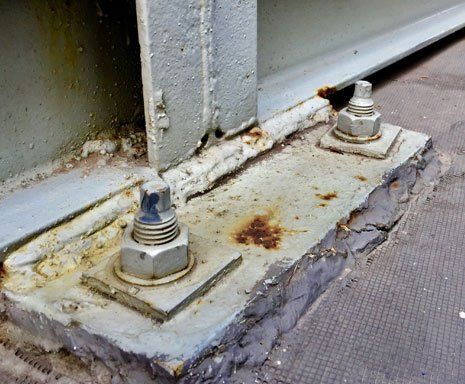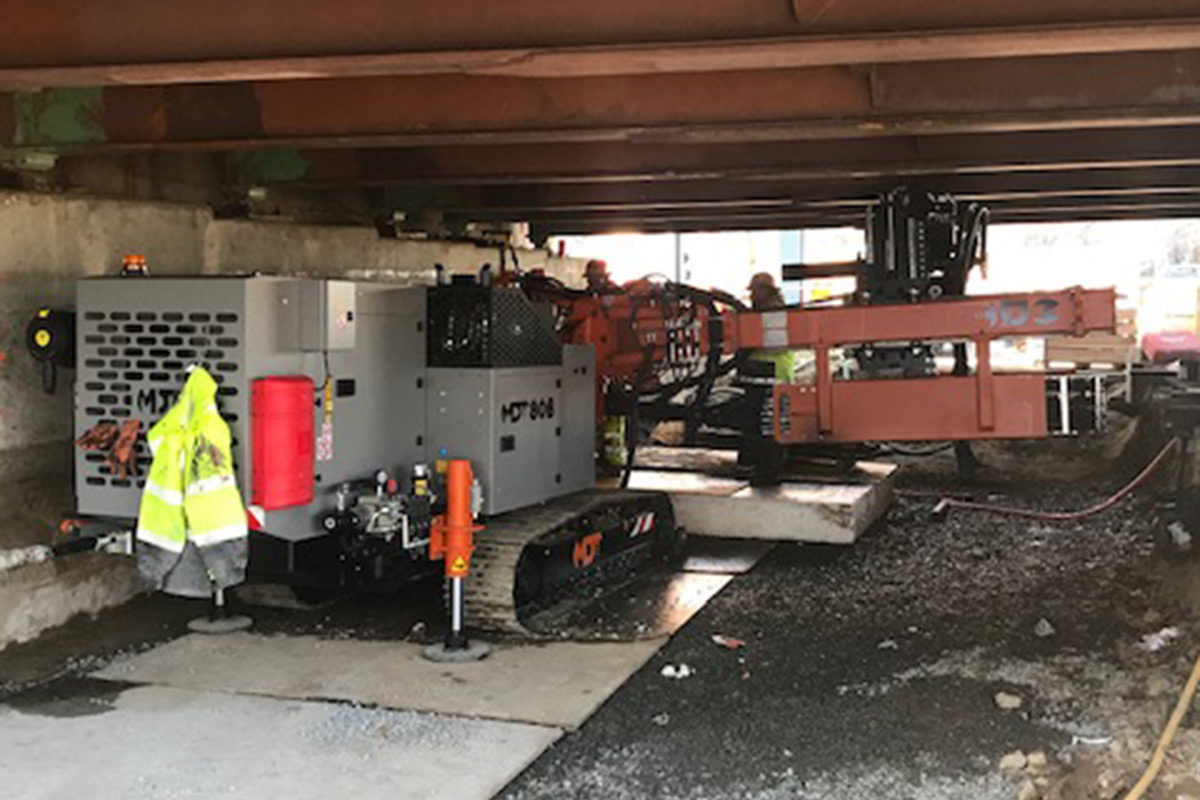The Benefits of Using Williams Anchors for Long-Lasting Structure Protection
Wiki Article
Innovative Rock Anchors for Boosted Building And Construction Support
Innovative rock supports have significantly come to be a focal factor in construction engineering, particularly as projects require higher stability and performance. With developments in products and modern technology, contemporary anchoring services such as grouted and post-tensioned designs supply substantial enhancements in load-bearing capacity and flexibility to diverse geological conditions. The integration of innovative modeling strategies better enhances performance optimization, yet the full capacity of these advancements stays to be explored. As we take into consideration the implications of smart sensors and sustainable methods, one must ask: just how will these developments redefine the future of building and construction support?Evolution of Rock Anchors
The evolution of rock anchors has considerably changed building and construction techniques over the past century. Rock anchoring techniques were basic, relying on easy mechanical gadgets and simple products. As design techniques advanced, so did the understanding of geological conditions and the need for trusted securing systems - Williams Anchors. The mid-20th century saw the intro of high-strength steel ligaments, which supplied improved load-bearing capabilities, enabling for more ambitious construction projects in challenging terrains.In tandem with developments in materials scientific research, the growth of grouting methods enhanced the bond between the support and bordering rock, resulting in enhanced stability and sturdiness. The integration of technology right into style and testing procedures has resulted in extra exact and effective setup methods, better enhancing performance. Computer system modeling and simulations currently enable designers to anticipate anchor behavior under numerous conditions, enhancing safety and security and dependability.
Moreover, the expanding focus on sustainability within building and construction techniques has caused developments in green products and strategies for rock anchoring. Generally, the trip of rock anchors reflects the building market's adjustment to both technological improvements and the raising intricacy of contemporary design challenges.

Kinds of Modern Rock Anchors
Modern rock supports come in a selection of types, each made to satisfy particular engineering demands and geological conditions. One of the most common kinds consist of grouted anchors, which entail placing a steel ligament right into a drilled opening and filling the room with grout to develop a strong bond with the surrounding rock - Williams Anchors. These supports are typically used in applications needing high lots capacitiesAn additional widely utilized kind is the mechanical anchor, which relies on mechanical gadgets to secure the support in position without the requirement for grouting. These anchors are preferred in circumstances where prompt load-bearing capability is crucial.
Furthermore, there are post-tensioned anchors, which are set up tensioned to offer security to structures such as bridges and preserving walls. These anchors aid to neutralize tensile pressures acting upon the framework.
Benefits of Cutting-edge Layouts
Development in rock support layout brings numerous advantages that enhance building performance and architectural integrity. Modern designs utilize sophisticated materials and design methods to considerably enhance load-bearing abilities. These cutting-edge supports are often constructed from high-strength steel or visit homepage composite materials, which not only reduce weight but also enhance resistance to corrosion, making sure durability and dependability in numerous ecological problems.
Moreover, using computer-aided style (CAD) and finite element analysis (FEA) enables precise modeling and screening of support efficiency under real-world conditions. This results in anchors that can be tailored to details task demands, enhancing their efficiency and decreasing the need for over-engineering, which can be both cost and resource-intensive.

Case Studies in Building And Construction
Real-world applications of ingenious rock support styles highlight their transformative impact on building and construction projects. The supports were tactically positioned to enhance tons circulation and reduce negotiation, ultimately leading to a much more resistant foundation.An additional significant instance can be found in the growth of a transportation tunnel. Innovative rock anchors he has a good point were made use of to secure the passage wall surfaces, permitting much deeper excavation without endangering safety. The application of grouted rock supports provided boosted tensile strength, allowing workers to advance the job right away.
In a third situation, a significant dam task incorporated rock anchors to support the embankment. Using corrosion-resistant products in the anchors made sure lasting durability, decreasing maintenance expenses and enhancing security criteria.
These study show the efficiency of cutting-edge rock support designs in attending to intricate engineering obstacles, highlighting their essential function in modern construction practices. The successful outcomes highlight the need for ongoing financial investment in innovative anchoring modern technologies to fulfill evolving construction demands.
Future Trends in Rock Anchoring
As construction needs advance, the future of rock anchoring is positioned for considerable improvements that will certainly improve safety and efficiency in numerous applications - Williams Anchors. Arising innovations, such as smart sensing units and real-time surveillance systems, are anticipated to play a vital function in the advancement of more reliable securing services. These developments will certainly permit for constant assessment of support performance, making it possible for prompt interventions and lessening dangers related to architectural stabilityFurthermore, the integration of sustainable products and practices is coming special info to be increasingly vital in the construction market. Future rock anchors might include environment-friendly materials that decrease ecological effect while keeping performance requirements. Developments in products scientific research could lead to the advancement of high-strength, light-weight supports that streamline setup procedures and lower labor prices.

Verdict
To conclude, innovative rock anchors represent a considerable innovation in construction support, addressing the challenges presented by varied geological problems. The growth of modern designs, including grouted and post-tensioned anchors, improves load-bearing abilities while advertising security. Combination of innovative modern technologies, such as computer-aided layout and smart sensors, further enhances efficiency and sustainability. Continued research study and implementation of these innovations will definitely shape the future of building practices, guaranteeing effectiveness and environmental responsibility.Report this wiki page